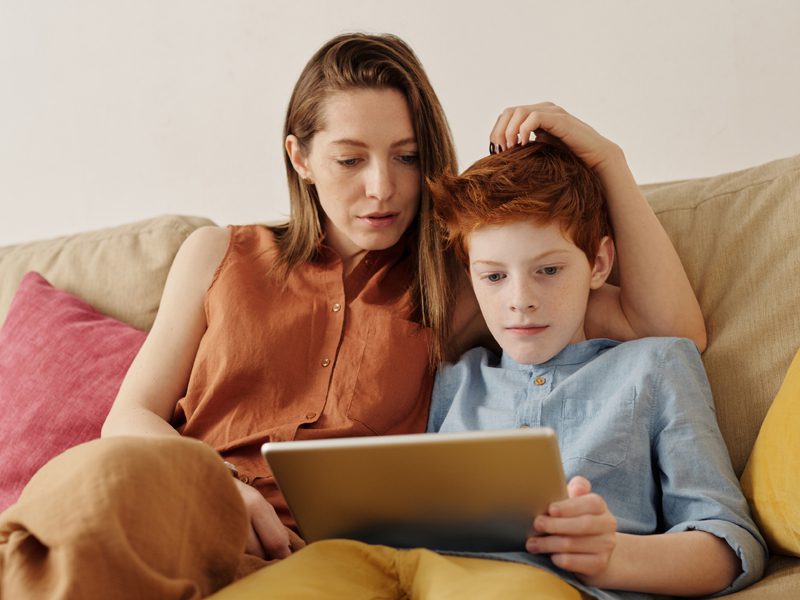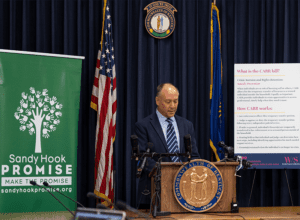Each of us plays an important role in shaping safe communities for ourselves and our children. Wherever you are – home, community or school – here are things that you can start doing today to end social isolation in your community and help all kids feel respected, safe and included.
Let us know what you are doing! Whatever actions you take, comment below or contact us with your feedback in writing, pictures or video. By sharing your successes and lessons learned with Sandy Hook Promise and other Promise-makers, your idea might spark a new idea to help someone else!
1. Watch the “Be the One” video in your home with your children and then discuss it with them. Did they ever experience something similar – either being isolated or reaching out to someone else? How did it make them feel? Share with them your experiences with isolation and how it made you feel. What ideas do they have for taking action and reaching out to other kids?
2. Make part of your daily dinnertime conversation a discussion about values and differences and how your kids can be the leaders in their schools by including kids that are feeling left out. Ask children to reach out and “do the right thing” when observing another child or adolescent who is alone.
3. Find five friends and talk with them about social isolation. Ask them to watch the “Be the One” video and visit our website for more information on how they can take action, too.
4. Be supportive and non-judgmental. If you suspect your child is suffering emotionally and could be experiencing isolation, don’t be afraid to talk to them about it and offer support.
5. Be a role model of social inclusion. If your kids see you reaching out to other children and adults, they are more likely to emulate your actions.
6. Spread the word and share Start With Hello resources with others in your community! Share on Facebook, Twitter, and other digital platforms.
7. Host a gathering of local parents and/or experts to talk about social isolation in your community. Here are some questions to help get the conversation started:
From your personal or professional perspective, what causes social isolation and how does it affect teenagers?
What do you think we need to do to create meaningful and long-term change in our schools?
What should we be doing in our homes/families, at faith organizations, at community based organizations and among adults in general to address the issue of teenage social isolation?
How can we better be informed on this issue in our community and ensure we are starting to make a difference?
8. With other parents and caregivers, meet with your local middle school and high schools to find out what they are already doing to address the issue of social isolation. Encourage using the Start With Hello program as a free and fun way for students to lead change within the school.
9. Work with the school and teachers to set up a local SAVE Promise Club that meets regularly and plan activities for your school, neighborhoods, and community-based organizations.
10. Make part of your weekly classroom meeting a discussion about values and differences and how your students can be leaders in their schools by including kids that are feeling left out. Ask students to reach out and “do the right thing” when observing another student who is alone.
11. Download our Youth Activity Guide for times of social distancing.


